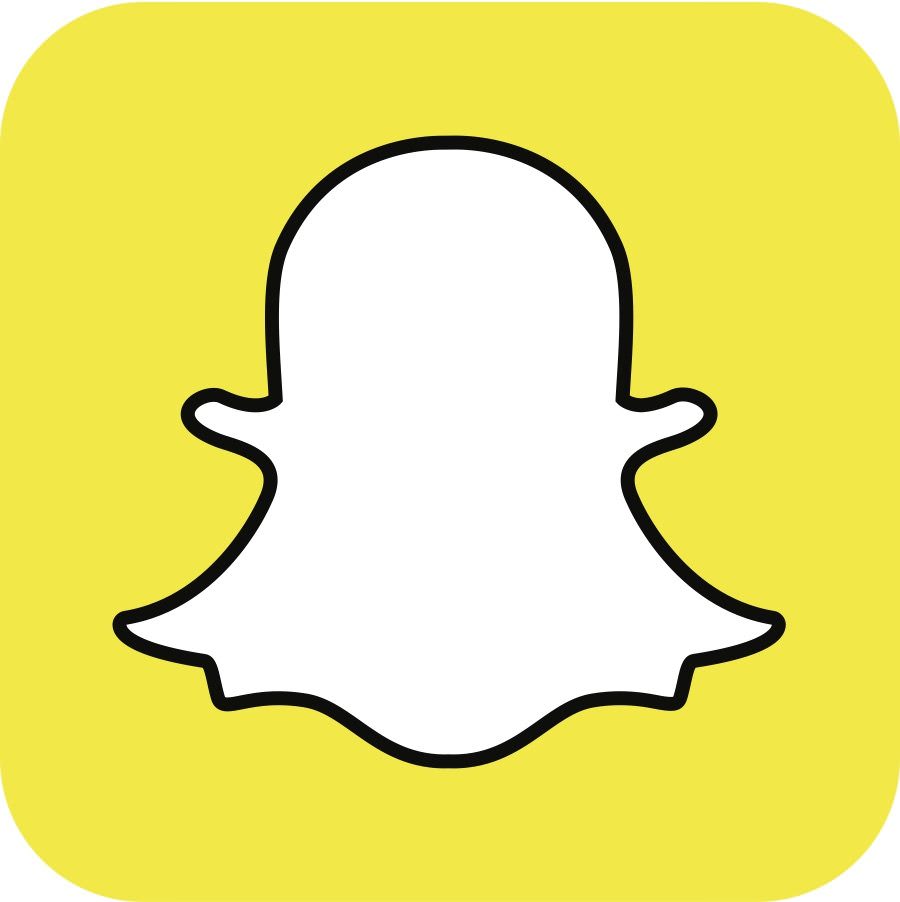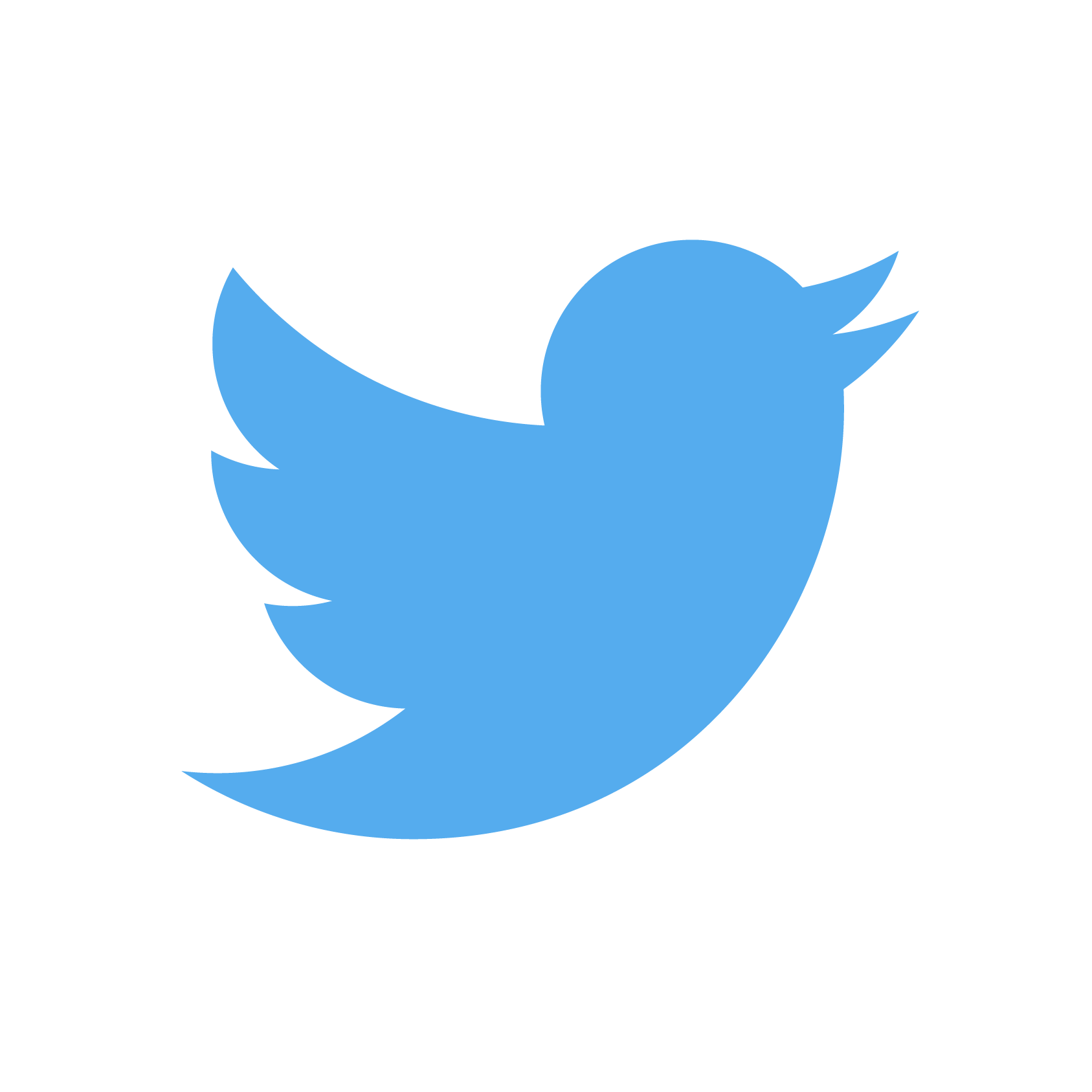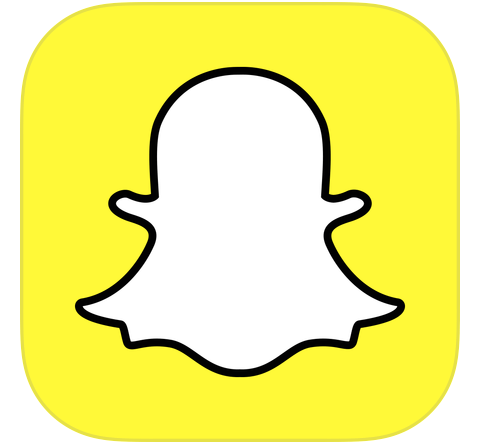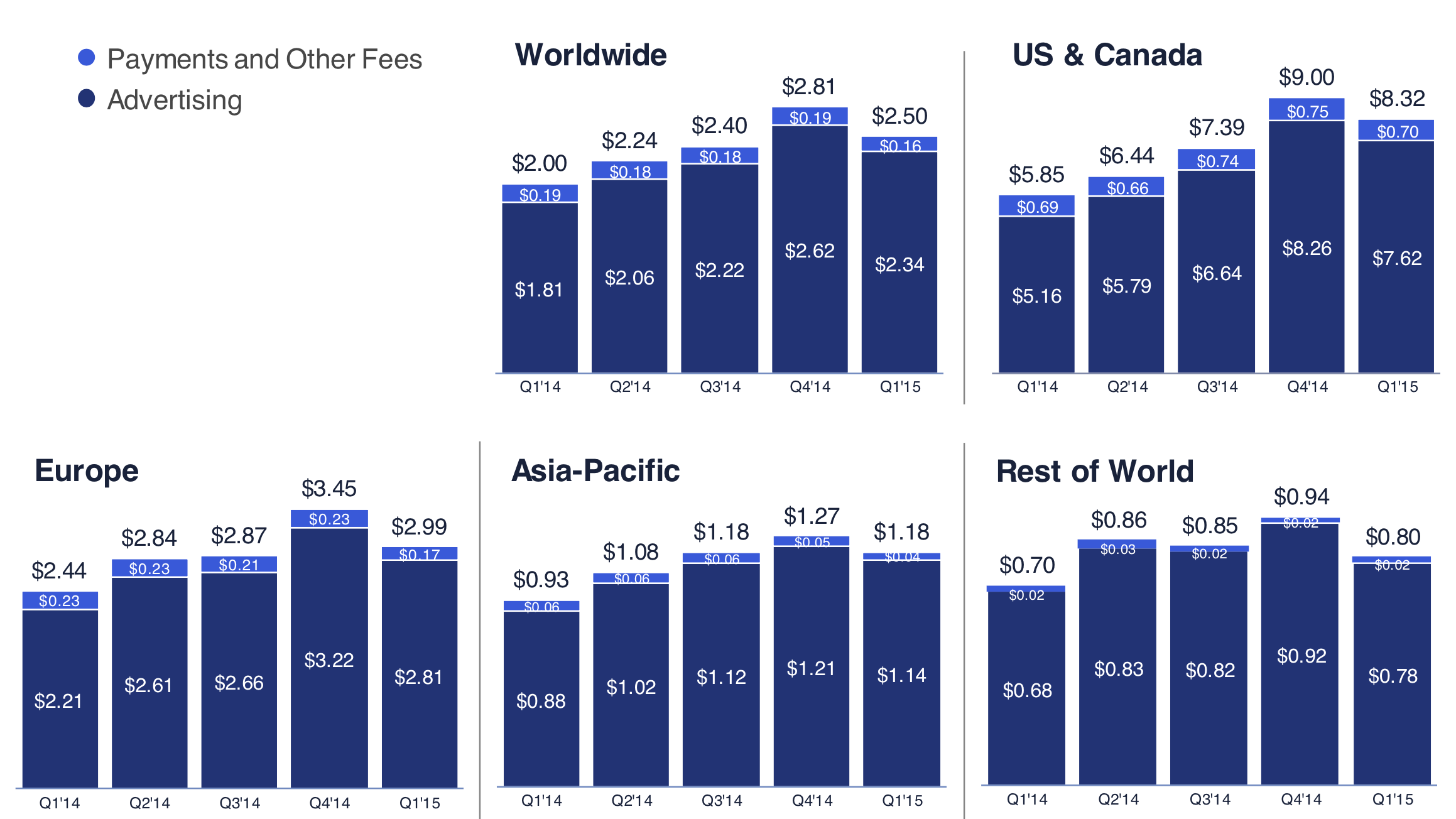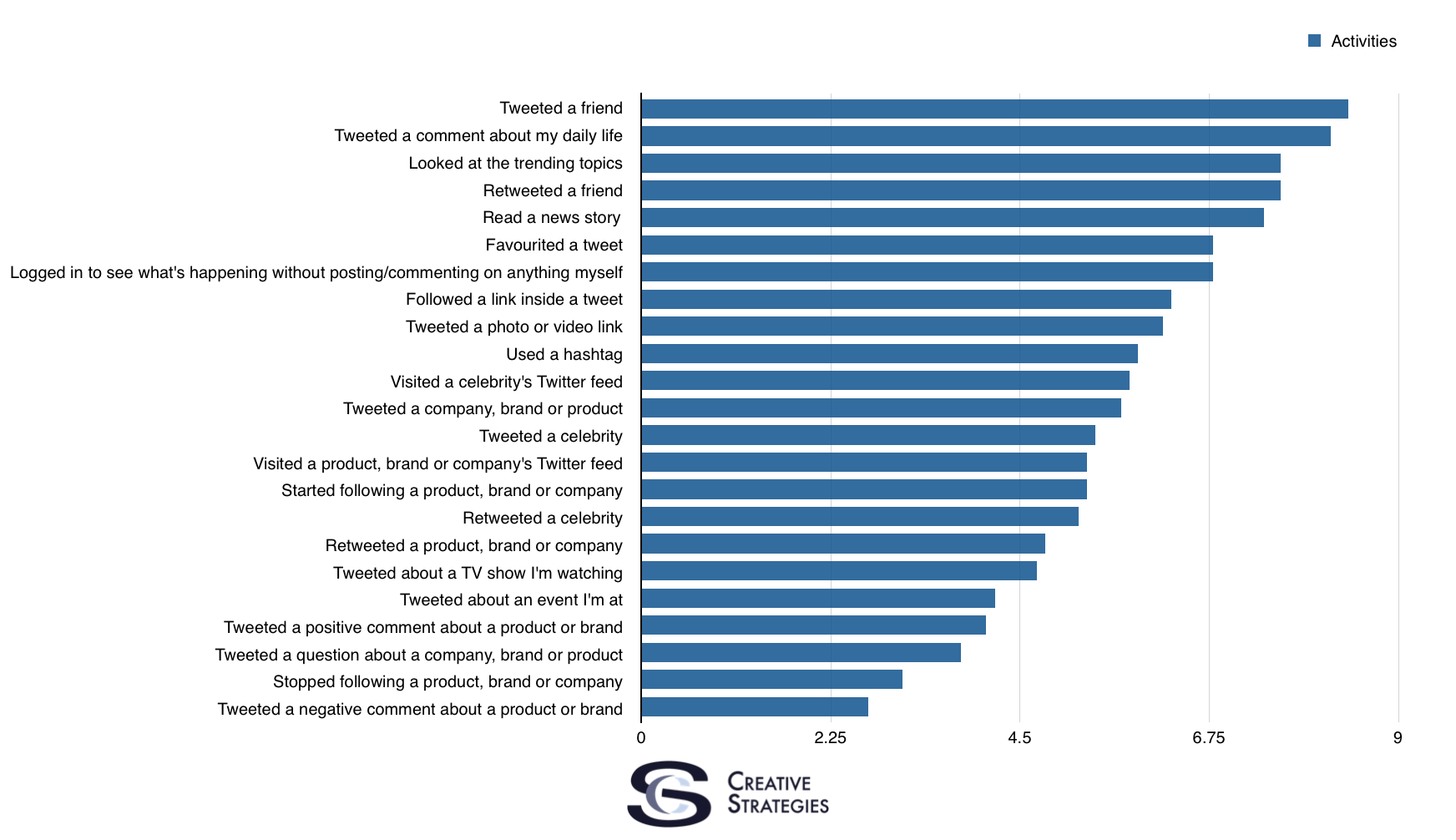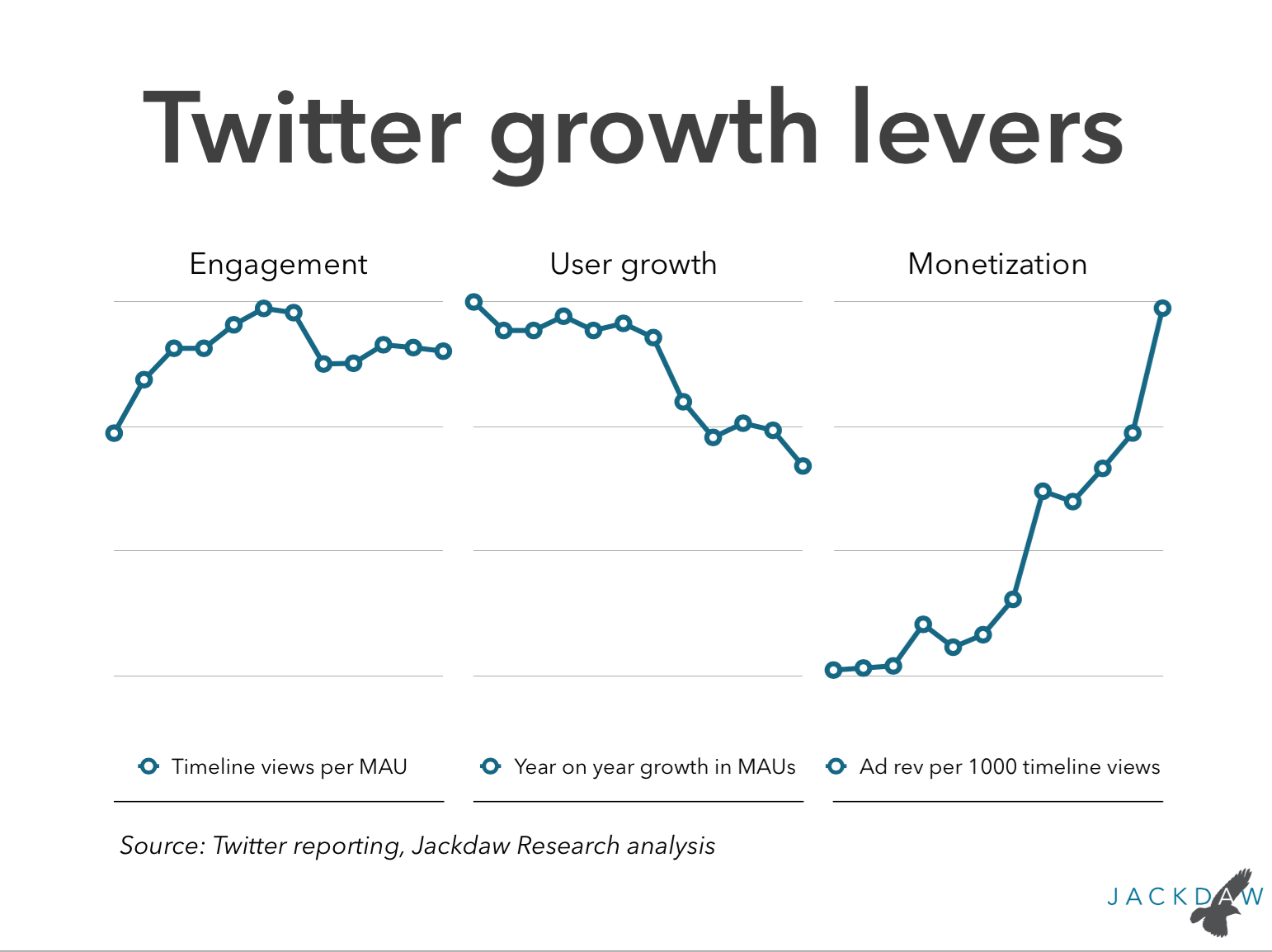Subscribers were not surprised regarding the slowing user growth of Snap Inc., which became clear in their IPO filing. We have been tracking quarterly user data via surveys for over a year and we noted the spike in user growth (which is what I think prompted them to file) and the follow on slowdown in user growth (which I don’t believe they anticipated). While all available data suggests they will have a hard time growing their base for some time, I think it’s helpful to look at the potential arguments for the upside for Snap.
A New form of Personal Entertainment
Viewing Snap as a new form of personal television, particularly the short form variety, is essential to understand the kind of company they are becoming. The key for Snap is not just getting every professional content producer they can to produce content for Snap apps and service but also to maintain an active community of user-based content creation as well. For example, if you look at the series of stories they produced around the Super Bowl yesterday, they included a mix of produced and user-generated content. It made the experience compelling and unique, something you could not get on your big screen broadcast. This combination of produced and user-generated entertainment is one of the things I believe appeals to a wider audience — more than just the mostly Gen Z and Millenial user base Snapchat has today.
There is no question the ultimate upside for Snap must include some assumptions of user base growth and, in particular, beyond the under-30 demographic. Getting more compelling produced content is key to attract the older-than-30 crowd. Interestingly, more content producers will likely continue to produce for Snapchat (like this example from the BBC to bring Planet Earth II to Snapchat). Through Snapchat Discover, publications have been mixing video and text leading to an article. I’m more optimistic about publishers who focus on the video element, not just the text/article.
In many ways, the upside for Snap must be viewed more like YouTube than anything else. While it has been a while since YouTube has released active user numbers, our estimates peg YouTube around 1.3 billion people who have watched at least one video monthly. Ultimately, YouTube is the model I’d look at for Snapchat than anything else, with the exception that the vertical video format is a clear differentiator for Snap over YouTube. This may seem like a backward step but I genuinely believe young people appreciate not having to turn their phone sideways with vertically produced video — with YouTube, you need to re-orient the phone to get the full screen experience. Again, this may seem like a little thing, but re-orienting your phone between widescreen and portrait is seen as inconvenient.
If Snap can continue to get users engaged with their unique style of short form, personal TV experiences, then they certainly have a chance to be relevant in the ever changing media/TV landscape.
Grabbing the Next Generation
Another angle for Snap’s bull case is their projected upside depends on future generations. Perhaps they don’t acquire the above-30 yearr old crowd in droves but, if they continue to be relevant and compelling as future generations get smartphones, you can argue their upside potential is based on people who are not yet owners of smartphones but who will be in massive numbers over the next ten plus years. This is a true long view for Snapchat but not out of the realm of possibility that they are the inevitable personal TV experience for future generations. Personally, I think this scenario is more likely to add to their user growth than their chances to acquire Gen X users and beyond.
The part that causes me pause is millenial parents who perhaps are more skeptical of Snapchat going forward and caution their kids against it. We hear frequently from parents who let their teen or pre-teen kids use things like Facebook or Instagram but not Snapchat. It will be interesting to see if this perspective sours young kids on Snapchat or fuels their desire to use it even more.
I fully expect a lot of noise, both good and bad, to come out around Snap’s IPO. Some of it is likely to get quite ugly. Ultimately, investors are going to need patience with Snap and be long on their upside for the public market to yield what Snap needs to continue to invest in their products and services holistically. As of now, what I’m hearing from many investors is they may be more short than long, assuming the stock will rise a bit but then drop in the same way Twitter, Fitbit, GoPro, etc., have all done.
Whatever happens over the long arc of time, Snapchat management is likely going to have to manage the investor community closely to make sure they understand where they are going and inspire the confidence they can reach their ultimate upside.
